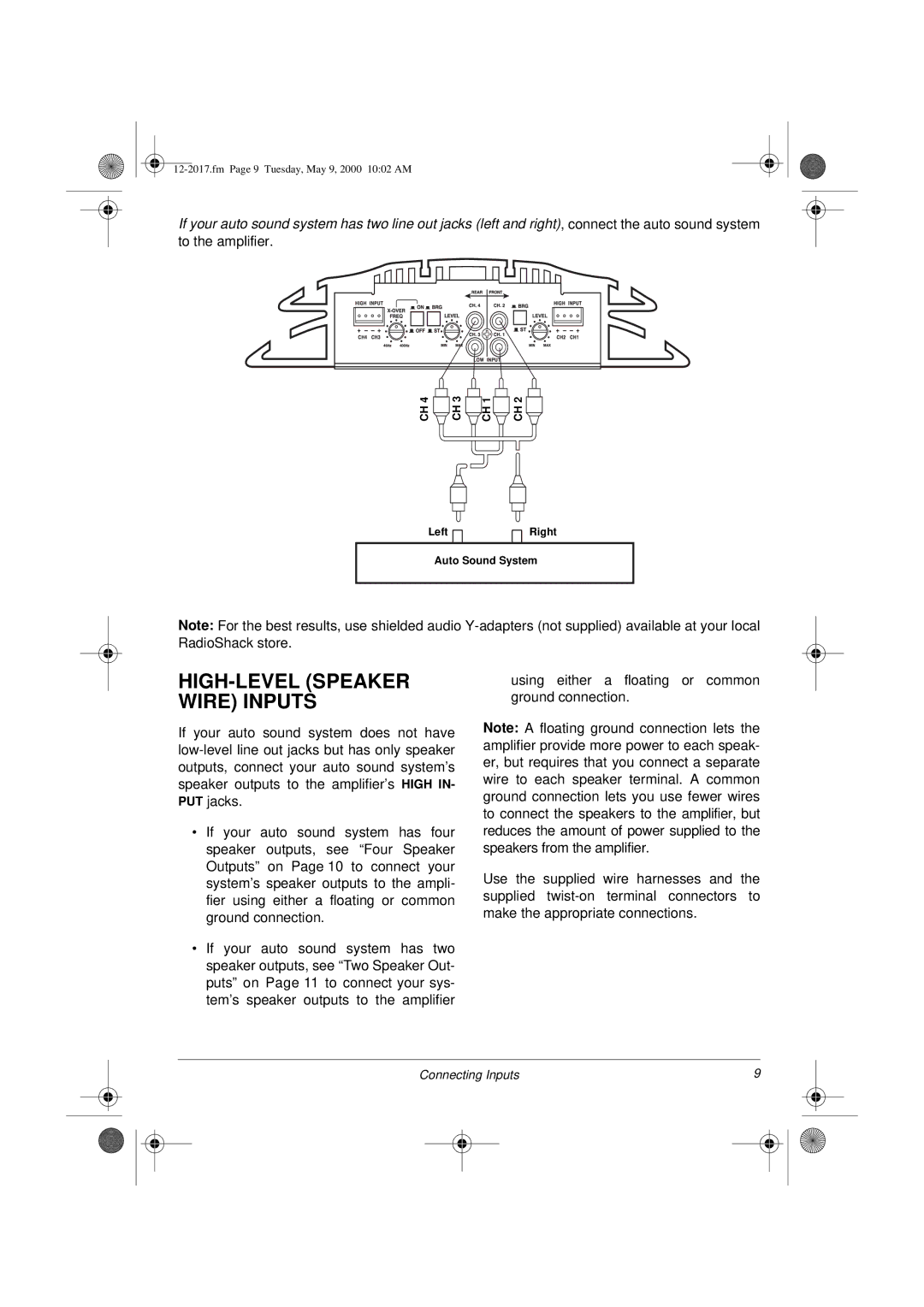XL-260 specifications
The Radio Shack XL-260 was a pioneering model in the compact scientific calculator market introduced in the early 1980s. This device was particularly well-regarded for its unique blend of functionality, portability, and affordability, making it a popular choice among students and professionals alike.One of the main features of the XL-260 was its classic LCD display, which offered a clear and easy-to-read output. The display was capable of showing up to 8 digits and allowed for straightforward viewing of calculations. This was particularly beneficial for users who needed to perform complex mathematical computations without experiencing eye strain.
The XL-260 was equipped with a wide range of mathematical functions that catered to different user needs. Basic arithmetic operations such as addition, subtraction, multiplication, and division were always accessible. Additionally, it featured advanced functions including square roots, percentages, and memory storage, allowing users to save and recall values quickly. This made it an excellent tool for engineering students and professionals who often needed to perform numerous calculations.
One of the standout technologies of the XL-260 was its use of solar power, which complemented its battery operation. This hybrid power source ensured that users could rely on the calculator for extended periods without the constant need for battery replacements. The solar panel, situated atop the device, captured light to power the electronic components, showcasing a forward-thinking approach to energy efficiency for consumer electronics during that era.
Another characteristic of the XL-260 was its user-friendly layout. The calculator had well-defined buttons that provided tactile feedback, making it easy to input data accurately. The keys were designed to be durable and responsive, reducing the potential for user error during fast-paced calculations. The compact design and lightweight profile added to its appeal, allowing users to easily carry it in their bags or even pockets.
Overall, the Radio Shack XL-260 represented an important era in the evolution of personal calculators. Its combination of essential features, user-oriented design, and innovative power solutions made it a staple for many during its time. Though the landscape of technology has evolved significantly since its release, the XL-260 remains a nostalgic symbol of early digital calculation devices that laid the groundwork for future advancements in scientific computing.

